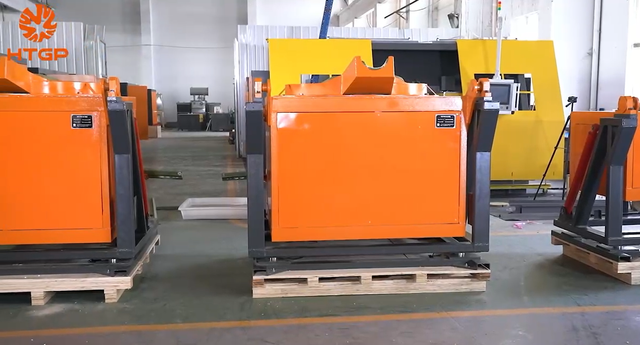
Industrial frequency heating furnace system
The main advantage of this system is that it does not require frequency conversion. Since no rotating mechanism is required and no complex electronic equipment is required, power losses are reduced, the system is greatly simplified, operation is simple, and the switchgear, power factor compensation capacitors, control circuits, etc. can be selected from standard ranges. Second, radiation losses, heating by scattered magnetic fields, and useless high-frequency induced currents can be ignored. The investment cost of the basic equipment is usually lower than that of medium-frequency or radio-frequency devices.
From the application point of view, industrial frequency heating, or mainly heating at 50/60 Hz, is mainly used for penetration heating. Since most penetration heating requires maximum temperature uniformity, it is more appropriate to use industrial frequency than higher frequencies.
We have already seen this in Chapter
- Equation 1.1 shows that the lowest frequency can achieve the greatest current penetration depth, so industrial frequency heating is widely used in melting furnaces.
The basic disadvantage of low-frequency heating (especially heating with 50/60 Hz) is that for a certain workpiece shape and inductor magnetic field strength, its input power decreases.
Formula (1.2) shows that the input power varies directly with the frequency. This disadvantage is often fully compensated by the factor of temperature uniformity, since it takes only a short time to homogenize the temperature by absorbing heat from the surface. Despite the low surface power density values, the workpiece size is large, with bars often reaching 250-350 mm in diameter, sheets with a cross-section of 2 m x 30 mm and a length of up to 10 m. Therefore, high sensor power and system power are required. A single sensor can have a power of several megawatts and the system installed power can reach more than 200 megawatts.
